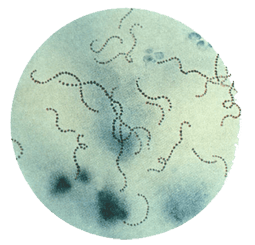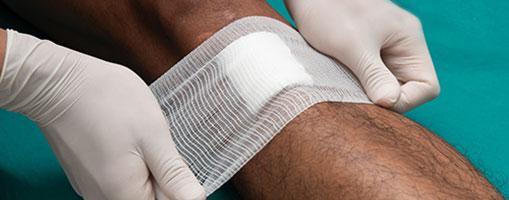A Connecticut man had to get his leg amputated after getting flesh-eating bacteria while swimming in an ocean.
Bruce Kagan, 68, was rushed to a hospital after he began feeling sick several days after going swimming at Hammonasset Beach State Park.
Kagan said it was “a little cut.”
Doctors performed several surgeries on his right leg but ultimately decided to amputate it above the leg to stop the flesh-eating bacteria from spreading further.
Kagan was hospitalized on June 30 and his leg was amputated on Aug. 1.
“All I can say is that I am by far one of the luckiest men in the whole world, by far,” Kagan said. “I don’t know how I made it, but I did.”
A doctor warned that people who see certain symptoms after swimming should go to the hospital. “If you begin to develop redness, fever, increasing pain locally, that’s an indication to contact your health provider and let them make the decision about how serious it is or not,” Dr. Joseph Glassford Garner told the broadcaster.
CDC
Situations involving flesh-eating bacteria increase in the summer, as people hit the beach and swim in the ocean and bays.“Accurate diagnosis, rapid antibiotic treatment, and prompt surgery are important to stopping this infection,” the CDC stated, referring to necrotizing fasciitis, the type of flesh-eating bacteria that Kagan contracted.
The bacteria most commonly enters through a break in the skin, such as cuts, burns, and insect bites.
“The infection often spreads very quickly. Early symptoms of necrotizing fasciitis can include: a red or swollen area of skin that spreads quickly, severe pain, including pain beyond the area of the skin that is red or swollen, and a fever,” the CDC stated. “See a doctor right away if you have these symptoms after an injury or surgery. Even though minor illnesses can cause symptoms like these, people should not delay getting medical care.”


Later symptoms include ulcers, blisters, and dizziness.
“Necrotizing fasciitis can lead to sepsis, shock, and organ failure. It can also result in life-long complications from loss of limbs or severe scarring due to surgically removing infected tissue. Even with treatment, up to 1 in 3 people with necrotizing fasciitis die from the infection. Six out of every 10 people who get both necrotizing fasciitis and streptococcal toxic shock syndrome at the same time die from their infections,” the CDC stated.
“Streptococcal toxic shock syndrome is another very serious illness caused by group A strep. It causes the body to go into shock and involves low blood pressure and multiple organ failure.”
The agency recommends that people who have an open wound or skin infection not go into hot tubs, swimming pools, or natural bodies of water such as lakes and oceans.





